All Stories
-
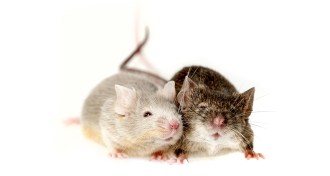 Neuroscience
NeuroscienceSerotonin and the science of sex
Some scientists say that low serotonin makes male mice mate with males and females. Others disagree. In the end, it’s not about sexual preference, but about how science works.
-
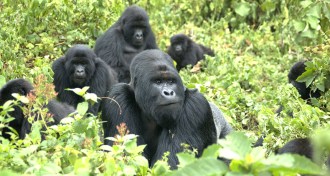 Genetics
GeneticsMountain gorilla genome reveals inbreeding
Mountain gorillas are highly inbred, with good and bad consequences.
-
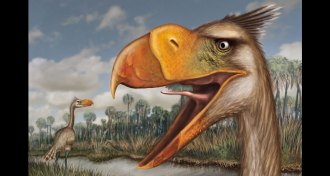 Paleontology
PaleontologyFossil reveals terror bird’s power
Bones of a new terror bird confirm the creatures used their beaks to hatchet their prey but also raise questions about what drove the birds extinct.
-
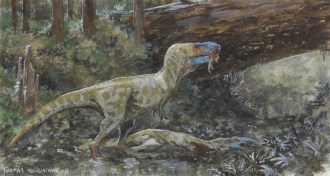 Paleontology
PaleontologyTyrannosaurs fought and ate each other
Evidence from a tyrannosaur skull and jaw fossils add to the argument that the ancient reptiles fought and weren’t above scavenging their own.
-
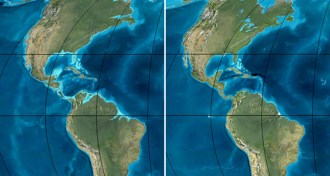 Earth
EarthMeeting of the Americas came early, study suggests
Volcanic crystals thought to have formed in Panama and found in an ancient Colombian streambed hint that North and South America may have met up roughly 10 million years earlier than once thought.
-
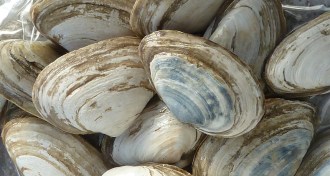 Genetics
GeneticsContagious cancer found in clams
A soft-shell clam disease is just the third example of a contagious cancer.
-
 Animals
AnimalsTiny sea turtles are swimmers, not drifters
Young green and Kemp’s ridley sea turtles moved in different directions than instruments set adrift in the sea, which shows the animals were swimming.
-
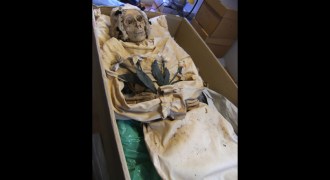 Genetics
GeneticsMummies tell tuberculosis tales from the crypt
Hungarian mummies contracted multiple strains of tuberculosis at the same time, researchers find.
-
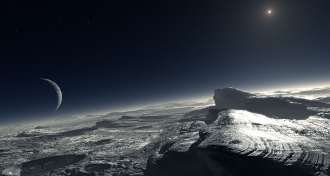 Planetary Science
Planetary ScienceA modest Plutonian proposal
Flagstaff, Echidna, Spock. Naming conventions for the landscapes of Pluto and its moons are proposed ahead of the arrival of the New Horizons probe.
-
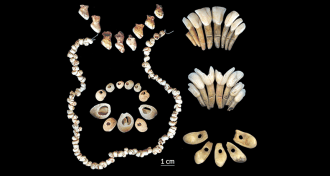 Anthropology
AnthropologyBeads suggest culture blocked farming in Northern Europe
Baltic hunter-gatherers blocked farming’s spread from south.
By Bruce Bower -
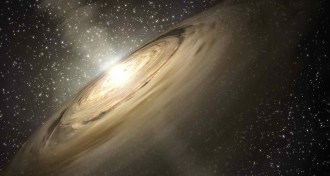 Astronomy
AstronomyCyanides around young star signal complex organic chemistry
Abundances of cyanide compounds around a young star match those found in comets in our solar system.
-
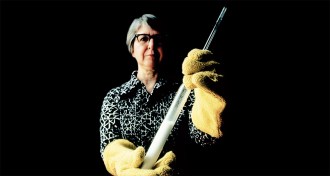 Science & Society
Science & SocietyTop 10 science anniversaries of 2015
From genes and dreams to gravity and Kevlar, 2015 offers plenty to celebrate.